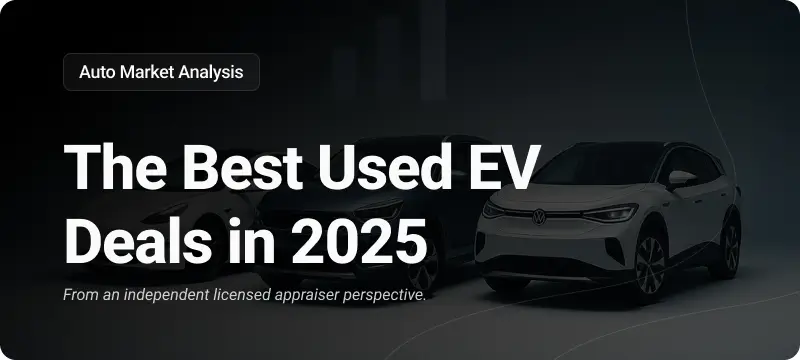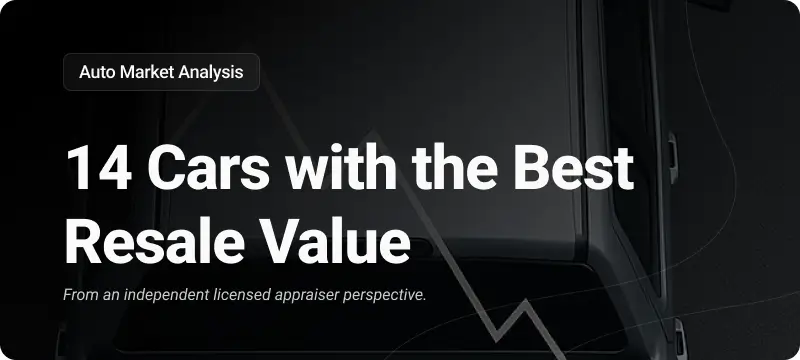Once upon a time, in the not-so-distant past, owning a car was a straightforward affair. You saved up, picked your model, negotiated the price, and drove off into the sunset.
But as the landscape of the economy shifted, so did the journey to car ownership, especially for those navigating the bumpy road with lower credit scores.
The story of car financing today is less about the excitement of a new vehicle and more about the daunting challenges posed by high monthly payments and interest rates.
This tale, as recent findings from Open Lending reveal, is one of the financial barriers holding back a significant segment of the vehicle market.

Exploring the Challenges of Car Ownership with Low Credit (PDF)
The Burden of Being a Borrower with Lower Credit
For individuals with credit scores in the range of 601 to 660, the dream of owning a new car often comes with a hefty price tag. According to Experian, these consumers faced the highest average payment of all credit tiers at $782 a month for a new vehicle loan in the fourth quarter of 2023. This scenario is further complicated by banks tightening their lending standards, leaving those with less-than-ideal credit out in the cold.
Open Lending’s survey of 1,042 U.S. consumers sheds light on this issue, revealing how financial barriers are not just theoretical but a reality for many. Matt Roe, Open Lending’s chief revenue officer, emphasizes the importance of lending to near- and non-prime consumers, stating, “Lending to near- and non-prime consumers today leads to a stronger automotive industry tomorrow.”
The Rising Costs: A Closer Look at the Numbers
The dilemma doesn’t end with new vehicles. The used-vehicle market, once a haven for buyers with lower credit scores, is also becoming increasingly expensive.
Experian’s data shows a steady climb in average payments for used-vehicle loans, with a notable jump to $548 a month by the end of 2023 for those in the 601 to 660 credit score bracket.
Leasing, another alternative, has seen a surge in interest for similar reasons. Yet, this option too has become less accessible, with average lease payments reaching $631 a month in the same credit score range.
The Ripple Effects of High Costs
The consequences of these high costs extend beyond monthly budget strains. Dustin Gingerich, finance director at Kokomo Auto World in Indiana, points out the volatility of the used-car market and the increasing incidence of buyers being “upside down” on their loans. The requirement for more substantial down payments becomes another hurdle for many.
Furthermore, the choice to hold onto vehicles longer, while seemingly economical, comes with its own set of challenges, including higher repair costs and missed opportunities to improve credit scores.
Navigating the Vicious Cycle
The situation paints a grim picture of a vicious cycle where high costs limit transportation options, which in turn limit employment opportunities, further marginalizing individuals in the automotive market.
This cycle is exacerbated by the simultaneous rise in other living costs, such as rent and groceries, making it increasingly difficult for consumers, especially those with lower credit scores, to manage their finances effectively.
Conclusion: A Path Forward?
The findings from Open Lending and insights from industry professionals highlight a critical issue in the automotive market.
The challenges faced by consumers with lower credit scores are not just a matter of personal finance but a significant barrier to economic mobility and stability.
As the industry looks to the future, the question arises: How can lenders, dealerships, and policymakers work together to make car ownership more accessible and affordable for all, regardless of credit score?





